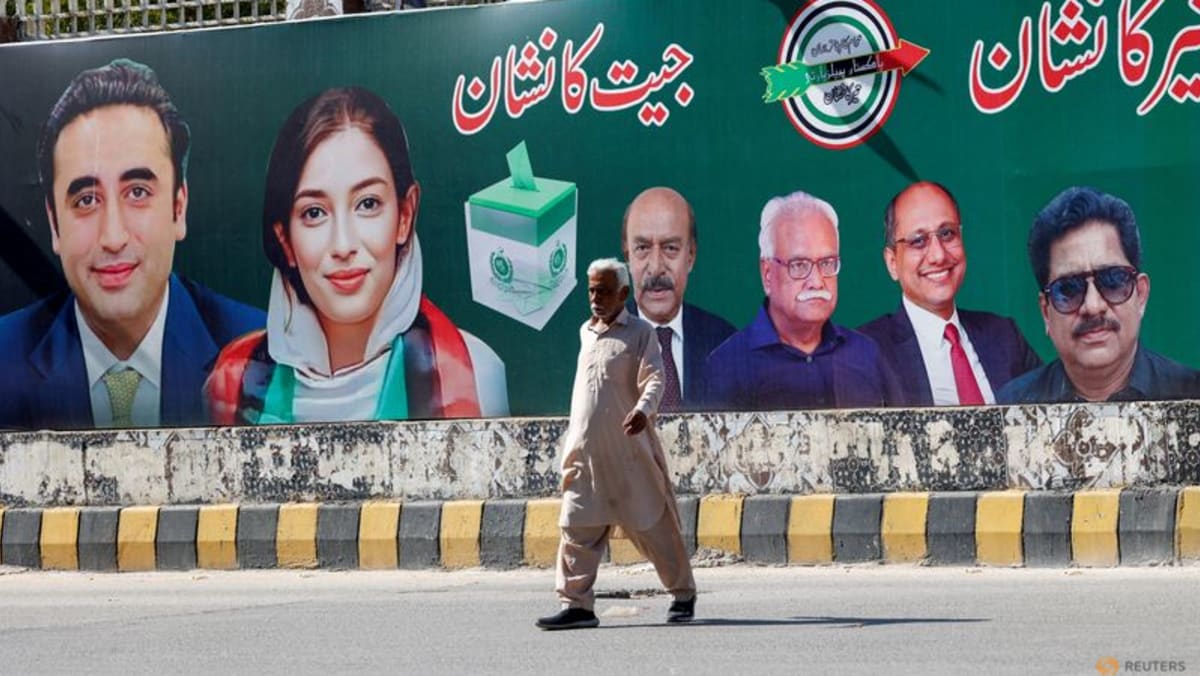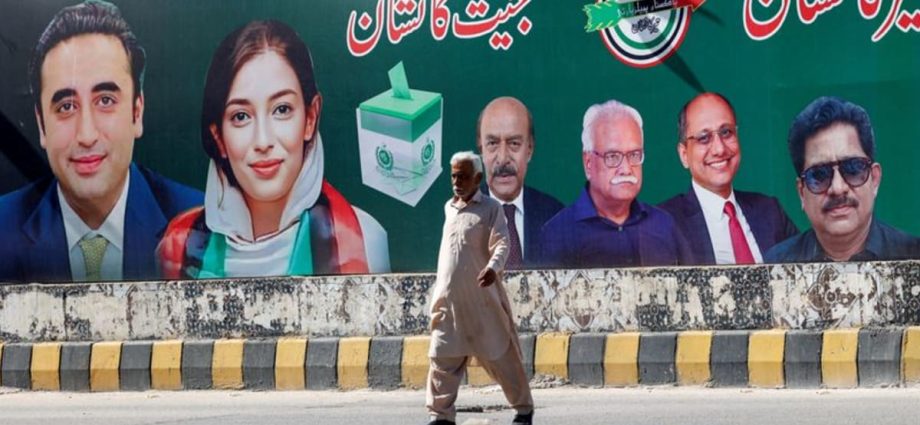
ISLAMABAD: Pakistan’s national election ended with no party winning a majority in parliament, in polls marred by militant violence, political turmoil and questions of transparency.
Former prime ministers and bitter rivals Nawaz Sharif and Imran Khan both declared victory, adding to the uncertainty as the country faces numerous challenges that need to be addressed quickly, including negotiating a new International Monetary Fund programme to keep a struggling US$350 billion economy afloat.
Next, a prime ministerial candidate has to show a simple majority of 169 seats in the National Assembly when the house is called in the coming days.
The Assembly consists of 336 seats of which 266 are decided through direct voting on polling day. There are also 70 reserved seats – 60 for women and 10 for non-Muslims – allotted according to the strength of each party in the house to determine the final position of parties in the Assembly.
Here are four scenarios on what could happen next:
SHARIF STRIKES DEAL TO HEAD A COALITION GOVERNMENT
Sharif’s party, which won 75 seats, strikes a deal with the Pakistan Peoples Party (PPP) of Bilawal Bhutto Zardari, the son of assassinated former premier Benazir Bhutto, which won 53 seats, to pull together a majority in parliament.
The two, along with other smaller parties, form a coalition government in which Sharif or his brother is prime minister and important positions are given to other parties.
The two parties were in government together for 16 months until August, with Bhutto Zardari as foreign minister and Sharif’s brother Shehbaz as prime minister.

